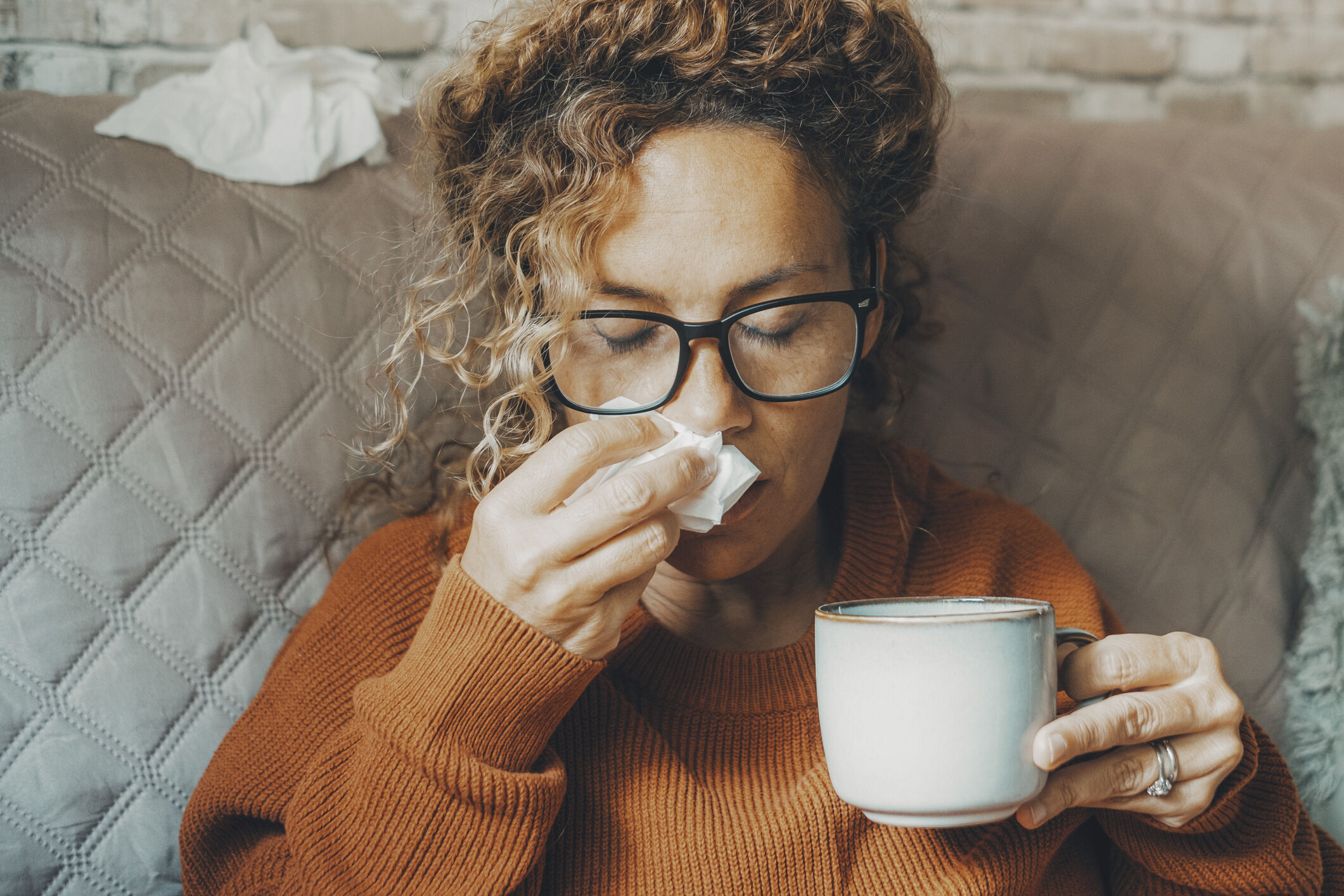
At a downtown Baltimore hotel, University of Maryland researchers have quarantined an entire floor. Flu sufferers and healthy volunteers are playing cards, assembling a 4,000-piece puzzle and watching old movies.
Conversation is lively and six-foot social distancing is ignored.
The fun and games are a key part of a first-of-its-kind study to learn how the flu is transmitted, said Kristen Coleman, an assistant professor at the University of Maryland School of Public Health.
“We’re getting to the bottom of it,” she said.
Researchers at Maryland’s School of Public Health are teaming up with doctors from the University’s School of Medicine to conduct the $15 million study funded by the National Institutes of Health.
Coleman said the healthy volunteers understand the risks — that they will most-likely come down with the flu.
“There’s a group of people that like to volunteer for research,” she said. “For the love of science.”
Mathew Tan is one of the healthy participants. He decided to join the study, knowing that he could contract the body aches, chills and runny nose that comes with the flu.
“During (the) COVID pandemic, I read a lot of articles about how viruses can spread inside a building,” he said. “I thought that this would be a good opportunity to experience how studies are being conducted so I can make my own judgment.”
At issue is a long-standing debate among scientists: Is the illness transmitted through large, spray-borne drops and touching contaminated surfaces, or through the inhalation of flu aerosols, which are tiny particles floating through the air, Coleman said.
University of Maryland researchers are leaning toward the aerosol hypothesis.
The future of fighting the flu
Coleman said a proven answer can impact how the flu is treated in the future.
“In order to have the correct policy in place for controlling transmission during a flu emergency, we really need to understand how it’s transmitted,” Coleman said. “So, we’re really trying to gather that, so we’re better prepared for a pandemic.”
Time is of the essence in the study because flu season could peak as soon as next month.
Although the study is currently underway, researchers are still looking for more healthy and sick participants.
Volunteers between the ages of 18 and 59 who live nearby and who have experienced flu symptoms for a day or two are needed the most. They will spend two to five days in the quarantined hotel, with all expenses paid for lodging and food. and get up to $1,900 to pass the flu on to healthy participants.
“We’re going to try to recruit as many sick volunteers as we can,” Coleman told WTOP. “One is great, but more than one is great. If any of the healthy volunteers do get infected, they can be a flu donor, if they’d like.”
The study ends next month. Flu sufferers and healthy volunteers can enroll by calling: 410-706-8800.
Get breaking news and daily headlines delivered to your email inbox by signing up here.
© 2024 WTOP. All Rights Reserved. This website is not intended for users located within the European Economic Area.
"Love" - Google News
January 15, 2024 at 04:01PM
https://ift.tt/Z4nqMoP
Catching the flu ‘for the love of science’: U. Md. study explores how it spreads - WTOP
"Love" - Google News
https://ift.tt/kFlqbyX
https://ift.tt/V0n6YZX
Bagikan Berita Ini














0 Response to "Catching the flu ‘for the love of science’: U. Md. study explores how it spreads - WTOP"
Post a Comment